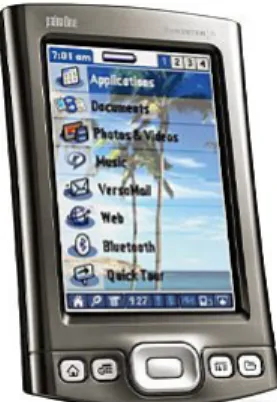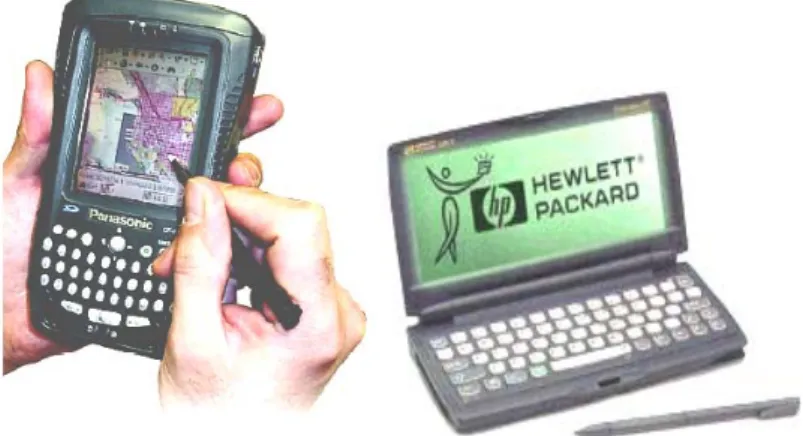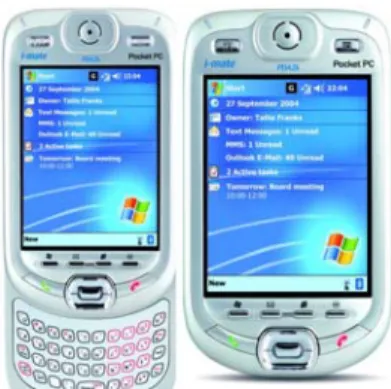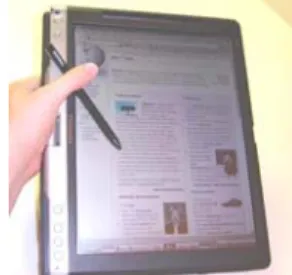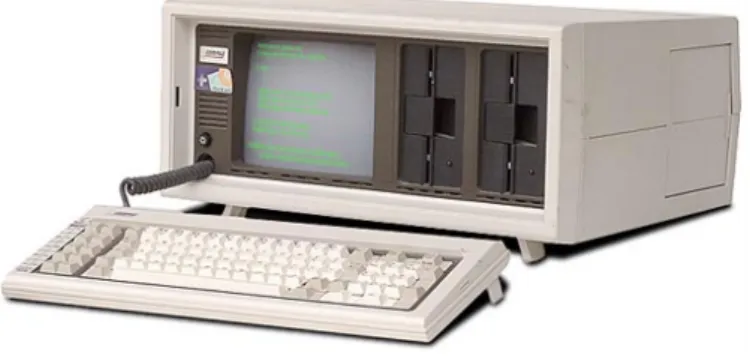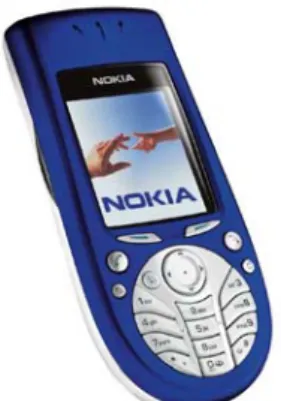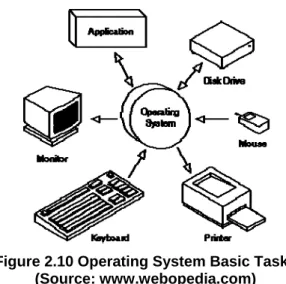Although significant benefits of mobile computing applications have been identified, several barriers could limit the use of mobile computing in construction sites. This includes devices such as laptops and handheld devices (mobile phones, personal digital. the term mobile computing.
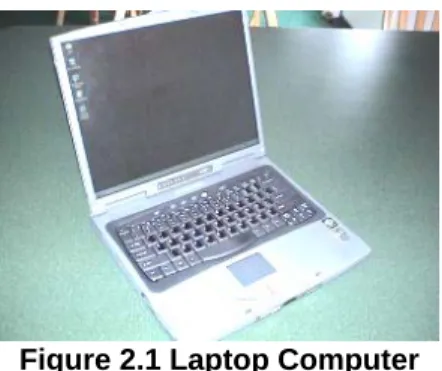
How to Choose a Mobile Device/Handheld
Over the past few years, handheld devices that integrate cellular phone/modem functionality have become increasingly popular. Most non-integrated handsets currently in production can be made wireless, either by adding a clip-on modem or by using an existing mobile phone as a modem.
Operating Systems
Multi-user: A multi-user operating system allows multiple users to use the same computer at the same time and/or at different times to run programs. Multitasking: An operating system capable of allowing multiple software processes to run simultaneously.
Mobile Computing Operating Systems
The operating system is also responsible for security and ensures that unauthorized users do not gain access to the system. GUI (Graphical User Interface): A GUI operating system contains graphics and icons and is generally navigated using a computer mouse.
Mobile Computing Software
Palm OS is an open standard operating system and is licensed for use by many mobile computer manufacturers. Figuratively speaking, application software is on top of system software because it cannot function without the operating system and system utilities.
Mobile Computing Specifications for Construction
Research has shown (Coble, 1994) that such a system should be tightly integrated so that carrying and mounting additional parts and cables does not burden the user. When considering the use of handheld computers on the construction site, the equipment must be able to withstand the harsh working conditions and abuses inherent in the mobile nature of the work and environment.
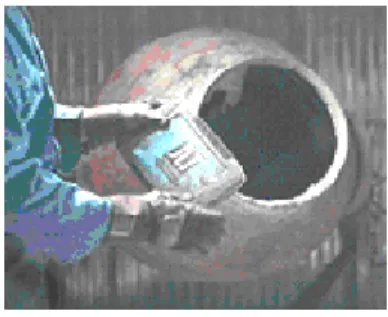
Project Collaboration
The construction process depends on effective project collaboration and there are clear benefits to electronically sharing access to project drawings, plans and other documents. Optus inCITE is one of the examples of the application of web-based project collaboration.
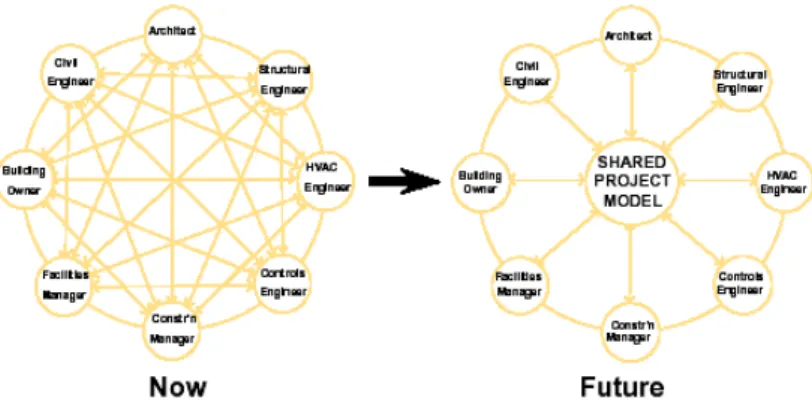
Communication Technologies and Information Flow
Mobile Communications
The simplest form is the connection of two or more computers using fixed means such as a docking station, serial or USB port. Further developments have led to the merging of mobile computing devices and mobile telecommunications protocols, with PDAs now available with integrated mobile connectivity or via a separate handset, though a wired or wireless connection such as Bluetooth. Maximum transfer rates vary between 9.6 kbps and 14.4 kbps, depending on the mobile device and the service provider used.
Because GPRS uses the same protocols as the Internet, networks can be thought of as subsets of the Internet, with GPRS devices as hosts, potentially with their own IP addresses. However, GPRS services should be cheaper than circuit-switched connections, where the network would only be used for data transmission. However, for high mobility, as required in the construction industry, these speeds can be reduced to as low as 144 kbps.
Established technologies such as CSD, HSCSD and GPRS enable the transfer of data to and from mobile devices on site to remote locations such as head office. Such limitations require the user to have active control over the data and the state of the device, increasing the complexity of the data collection task.
Wireless Communications
- Wireless Internet Service Providers
- Wireless Technology
In practice, connection speeds can be significantly lower than the theoretical maximum, depending on the amount of network traffic and the type of handset used, meaning people can get higher GPRS speeds in the evening and at night. However, this requires data to be stored locally on the device while working, which can compromise the collected data if the device is damaged or, in the case of mobile devices, the battery and thus the condition. Bluetooth is ideal for mobile professionals who need to connect laptops, mobile phones, PDAs and other handheld devices to conduct business at home, on the go and in the office.
For the most part, data transmission is billed based on either the number of minutes it takes for data to be transmitted or on the amount of data sent and received. New protocols, such as Wireless Application Protocol (WAP), and new languages, such as WML (Wireless Markup Language) have been developed specifically for these devices to connect to the Internet. GPRS allows data rates of 115 kbps and theoretically up to 170 kbps at the physical layer.
If the image is on the Internet, the speed of your Internet connection (your bandwidth) will determine how quickly the image can load onto our computer screen. The amount of data transferred from a website to the Internet depends on the number of people who visit the website and the type of data they download.
Global Positioning System (GPS)
The web hosting industry has borrowed the term bandwidth and used it to describe the amount of electronic information passed between a website and the Internet. As the number of people visiting a website increases, the amount of data transferred from that website also increases. In the web hosting world, this would increase the amount of “bandwidth” used by that website.
Each satellite has an atomic clock on board that is accurate to within 1 second every 70,000 years. All devices equipped with GPS receivers require signals from satellites to determine an accurate two-dimensional position. With signals from satellites, a GPS device can also measure altitude, providing position in 3-D.
Wide-Area Augmentation System (WAAS), available since August 2000, increases the accuracy of GPS signals to within 2 meters (Http://gps.faa.gov/Library/waas-f-text.htm) for compatible receivers. In 2008, people in the world will experience another satellite navigation system, called GALILEO, launched by the European Union and the European Space Agency.
The Usage of Mobile Computer in Construction
- ICT in Construction Industry
- Construction Information Needs
- Web-based Project Sites in Project Management
- Flow of Information
- Flow of Information within John Holland Company
- Flow of Information within Woods Bagot Company
- Benefits
- Barriers and Shortcomings
- Technical Barriers
- Financial Barriers
- Cultural Barriers
- Organisational Barriers
- Legal Barriers
- Mobile Computing Devices Limitations
In the early 1990s, the academic and industrial sectors explored the use of pen-based devices, including the recently introduced Pocket PCs, for the developing applications used in field data collection (Cox et al., 2002). This research was followed in 1992 by other researchers McCullouch and Gunn (Haas et al., 2002) in terms of research into the use of handheld computers on construction sites. In field construction, drawings are identified as the most important types of documents to be transferred. Therefore, software for its management is a necessary requirement for mobile computing in construction (Magdič et al., 2002).
One of the fastest growing areas of ICT use in management is that involving the use of websites in project management (Murray et al.). Time spent on construction activity can be divided into three main categories: direct work, support work and leisure time (Oglesby et al., 1989). Using PDAs on construction sites does not actually establish work.
During the case study, Haas et al. 2002) experienced frequent interruptions in the network connection, which were either caused by a weak radio signal or by interference. Implementing Digital Construction (2003) found significant barriers to using ICT (including mobile computing) in the construction industry. The impact of a successful, widespread adoption of advanced ICT in the construction industry can be very significant.
For example, an obstacle for many people and companies is “the fear of technology”, as 10-15% of the population will withdraw from the industry before embracing technology (Beyh and Kagioglou, 2004).
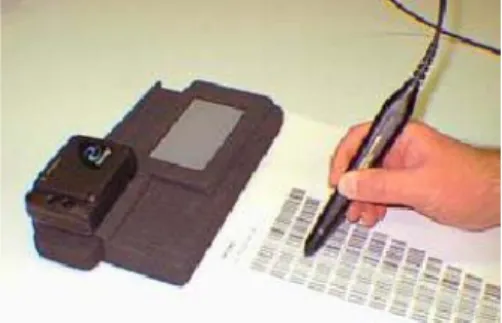
Conclusions
Tables 5.2 and 5.3 show some examples of construction tasks that are not suitable for handheld computers respectively (Haas et al., 2002). Working without a roof over your head during the day 6 tasks that actually get the work started Nailing, cutting, digging,. A mobile computing device can be implemented using many combinations of hardware, software, and communication technologies, and with appropriate wireless capability can also reduce travel costs, increase operational efficiency, and speed up data transfer.
The commercially available mobile devices already offer an abundance of functionality and processing speed, but for application on construction sites, the devices must meet certain stress conditions, such as dust, strong light and rain. The screen should be large enough to view information and also small enough to carry with you. However, it should also be mentioned that the implementation of new technologies always comes with many challenges.
Important issues related to barriers to the use of mobile computing technologies in the field need to be considered.
Journal of Automation in Construction, Vol. 2005) Preliminary Examination of Collaborative ICT Design and Management in the Construction Industry. Electronic Journal of Information Technology in Construction, Vol. 2003) Usability Testing of Hand Computing on a Construction Site. -877 Final Project Strategic Uses of Information Technology (www.andrew.cmu.edu/user/cjs/index.html).
International Journal of Information Management, Vol. 2001) Investigation and prototype development for a personal digital assistant for document access from construction sites. Electronic Journal of Information Systems Evaluation 1. International Symposium on Automation and Robotics in Construction, pp.53-58, Maryland, USA. 2004) Effective control of site contingencies: A pragmatic, human-centered problem-solving approach. Electronic Journal of Information Technology in Construction, Vol. Mobileinfo.com/solution_benefits.htm. 1993) Construction Field Data Acquisition with Pen-Based Computing.
Journal of Construction Innovation Vol. 2003) Assessing the value that IT adds to the construction project information management process. Third Wave Software (……) Benefits of Mobile Computing, http://www.thirdwave.co.za/Benefits%20of%20Mobile%20Computing.pdf;.
Bibliography
International Journal of Education and Development using ICT, Vol. www.ijedict.dec.uwi.edu/. 2005) Factors enabling the spread and effective implementation of information and communication technology in construction organizations. Emerging Technology Topic: Opportunities for Mobile Computing. www.uwosh.edu/faculty_staff/wresch/FPMobileComputing.htm.
Websites Related to Research
The benefits of a mobile computing solution www.mobileinfo.com/solution_benefits.htm The mobile worker on the construction site www.presto.es/pages/mobilesites.htm The web revolution.
Websites Related to Wireless Technology
Websites Related to Mobile Computing
Appendix A: Software Available on Market
Appendix A: Software Available on Market (Continued)
Appendix B: Mobile Computing Devices Applications Mobile Computing
Mobile Computing (Continued)
Auto Identification and Barcoding
Auto Identification and Barcoding (Continued)
Mobile Ubiquitous Devices
Appendix C: Jobsite Information Needs
Distribution List
Disclaimer
